From October 1, 2022, to February 26, 2023, the exhibition Futurism 1910-1915 is scheduled at Palazzo Zabarella in Padua. The Birth of the Avant-Garde, curated by Fabio Benzi, Francesco Leone, and Fernando Mazzocca, which intends to present itself as a “different look” and offer a new and original vision of the movement, focusing on a specific period, the one from the founding of the movement to the publication of the Manifesto of the Futurist Reconstruction of the Universe.
“Among the many exhibitions on Futurism that have followed one another over the past forty years,” the curators explain, “none has ever focused in critical and exhaustive terms, on the cultural and figurative assumptions, the roots, the different souls and the many themes that contributed first to the birth and then to the deflagration and full configuration of this movement that so disruptively characterized the quests of Western art in the first half of the 20th century. In order to analyze this multiplicity of subjects in detail, the exhibition, filled with more than 100 works, will investigate a rather narrow chronological span, namely the five-year period from 1910, the year of the movement’s founding in painting, to 1915, when the publication of the Manifesto of the Futurist Reconstruction of theUniverse and Italy’s entry into the war - to which the Futurists hymned with an interventionist spirit in which lurked the sense of a profound cultural, civil and social revolution - traced a clear watershed in the movement’s artistic pursuits. At a time when all Western art, from Italy to France, from Germany to Russia, was triggering profound reflections on a phenomenal conception of art that was thought to be outmoded, Futurism was the first movement to conceive organically and totally of an’antinaturalistic art capable of addressing, by relying on a revolutionary principle of dynamic synthesis, a categorical conception of the representation of modern life, sinking simultaneously and consciously into a world of forces - of man and the world - perceptible but not visible. In parallel, on this path, though with very different outcomes, moved the Cubism of Picasso and Braque, the spiritualism of Kandinsky, the art of the unconscious of Klee, Russian Suprematism, the abstract-geometric research of Mondrian.”
“Futurism,” first and foremost, means “art of the future,” and indeed, among the twentieth-century avant-gardes it is the one most animated by a revolutionary sentiment of renewal, rebellion against tradition and confidence in the possibilities offered by the future and its technical innovations. The artists of the first generation of Futurists(Umberto Boccioni, Carlo Carrà, Luigi Russolo, Antonio Sant’Elia, Giacomo Balla and Gino Severini) set themselves the goal of reawakening figurative art since it could no longer be imagined to continue to give voice to themes far removed from reality, often bound to religious and mythological subjects. And to do so, they look to Divisionism, so much so that in the “Manifesto” of the artistic foundation of Futurism (1910) they declare their admiration for the painters of this current who developed an elaborate technique borrowed from Post-Impressionism and Pointillism. The Futurists thus appropriated their brushstrokes, while not concealing their attraction to the synthetic forms, the decomposition of planes and the destruction of Cubism ’s perspective (whose static nature they repudiated, however), and without forgetting that from Neo-Impressionism they borrowed the chromatic luminosity and from the Nabis the symbolism of themes. It is on the basis of these technical assumptions that Futurism stands as a key break with the patterns of the past, also rising to be a forerunner of the ideas and experiences of Dadaism, the Russian avant-gardes, and the neo-avant-gardes of the second half of the twentieth century. He thus became the interpreter of an artistic “revolution” that sees as the ideal a “total” work of art that transcends the too-narrow boundaries of painting and sculpture to involve all the senses, making maximum chromatic contrast, simultaneity (to determine dynamic effect) and interpenetration (to free the object from its boundaries), its salient features.
The exhibition aims to tell this story through an itinerary with more than 100 works that animate the rooms of Palazzo Zabarella, all belonging to a rather narrow chronological span, from 1910, the year of the movement’s founding in painting, to 1915, when the publication of the Manifesto of Futurist Reconstruction of theUniverse by Balla and Depero (the manifesto constituted the first theorization and testimony of the non-figurative trend of avant-garde art in Italy by prefiguring a “polymateric” art, a new art that becomes art-action, i.e. will, optimism, aggression, possession, penetration, joy, geometric splendor of forces, forward projection) and Italy’s entry into the war traced a clear watershed in the movement’s artistic pursuits. Exceptional works, some of them unpublished or rarely exhibited, from galleries, museums and international collections, totaling more than 45 different lenders.
Sealing the start of the exhibition are the Symbolist roots of Futurism and the links with Divisionist art through the comparison of works by Giovanni Segantini, Gaetano Previati, and Giuseppe Pellizza da Volpedo among others, and those of the founding fathers of the movement from Umberto Boccioni to Giacomo Balla, Gino Severini to Carlo Carrà, Luigi Russolo to Mario Sironi. A “dialogue” that attests to how these early Futurists were united by an artistic formation of a secessionist nature, linked to Divisionist technique and the Symbolist temperament of the late 19th and early 20th centuries. Then one will discover “Spiritualism” with Boccioni’s States of Mind of 1911-1912 and Balla’s Mercury Transits Before the Sun of 1914 as the spearheads.
From room to room we reach the heart of the exhibition, which features “Dynamism,” in which works by Boccioni, Balla, Severini, Sironi, Carrà, Russolo and those by Gino Rossi, Gino Galli, Ardengo Soffici and Ottone Rosai face each other. We will then dive into “Simultaneity,” with works by Carrà, Boccioni, Fortunato Depero, Russolo and Enrico Prampolini. The revolutionary spirit of complete rupture with the canons of the past is the focus of “Modern Life,” with works by Sironi, Carrà, Boccioni, Antonio Sant’Elia, Fortunato Depero, as well as Aroldo Bonzagni and Achille Funi, emblems of the desire for a new life, far from immobility and tradition. The themes of the “Tridimensionality” of sculpture and “Polymaterism” will then be investigated, where, testifying to the use in art of different materials, we will find Unique Forms of Continuity in Space and Boccioni’s Development of a Bottle in Space, Balla’s and Depero’s complex plastics specially recreated for this review since they have been lost. After a section on “Parolibere,” the tour winds its way up to the theme of “War,” seen by the Futurists as a means of getting rid of the old and boring past and letting youth prevail. We will find on display masterpieces signed by Carrà, Balla, Sironi and Severini. The exhibition closes precisely with the “Futurist Reconstruction of the Universe,” with the concept of ’total art’ that takes over the world of men and things and that found precisely with the Futurists the first, full configuration within the avant-garde movements.
The exhibition opens Tuesday through Sunday from 9:30 a.m. to 7 p.m. (last admission 6:15 p.m.). Closed Mondays and Dec. 25, open Oct. 31, Jan. 26 and Jan. 2. Tickets: full 15 euros, reduced 12 euros (over 65, young people 18 to 25, visitors with disabilities, FAI, Touring Club, convention holders), special reduced 10 euros (minors), free for children up to 5 years old (not in school group), companion of visitor with disabilities (in case of need). Open ticket 17.50 euros, family ticket (valid for 2 adults and children aged 6 to 14, up to a maximum of 5 people) adults 12 euros, children 6 euros. Reservation 1.50 euros per person. Group tickets 13 euros per person, guided tour in Italian 120 euros, reservation required through call center. For groups booking a visit to the exhibition for the month of October, the guided tour in Italian will cost 90 euros. School ticket (excluding graduate and adult schools) 6 euros per student, guided tour in Italian 60 euros (for visits on Saturdays and Sundays the group rate will be applied), reservation required through call center. For info and reservations: (+39) 049 87 53 100, www.zabarella.it, prenotazioni@palazzozabarella.it.
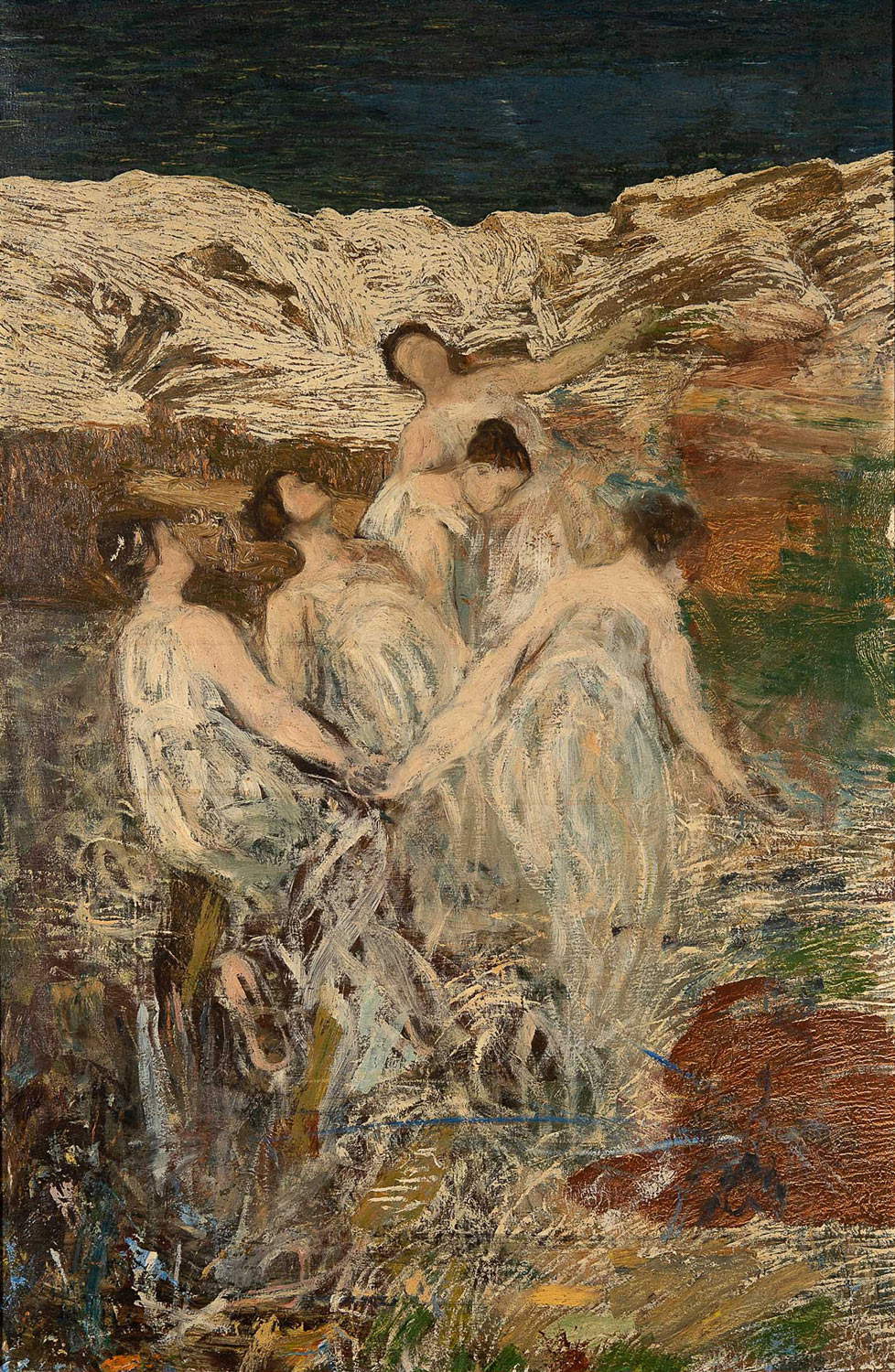
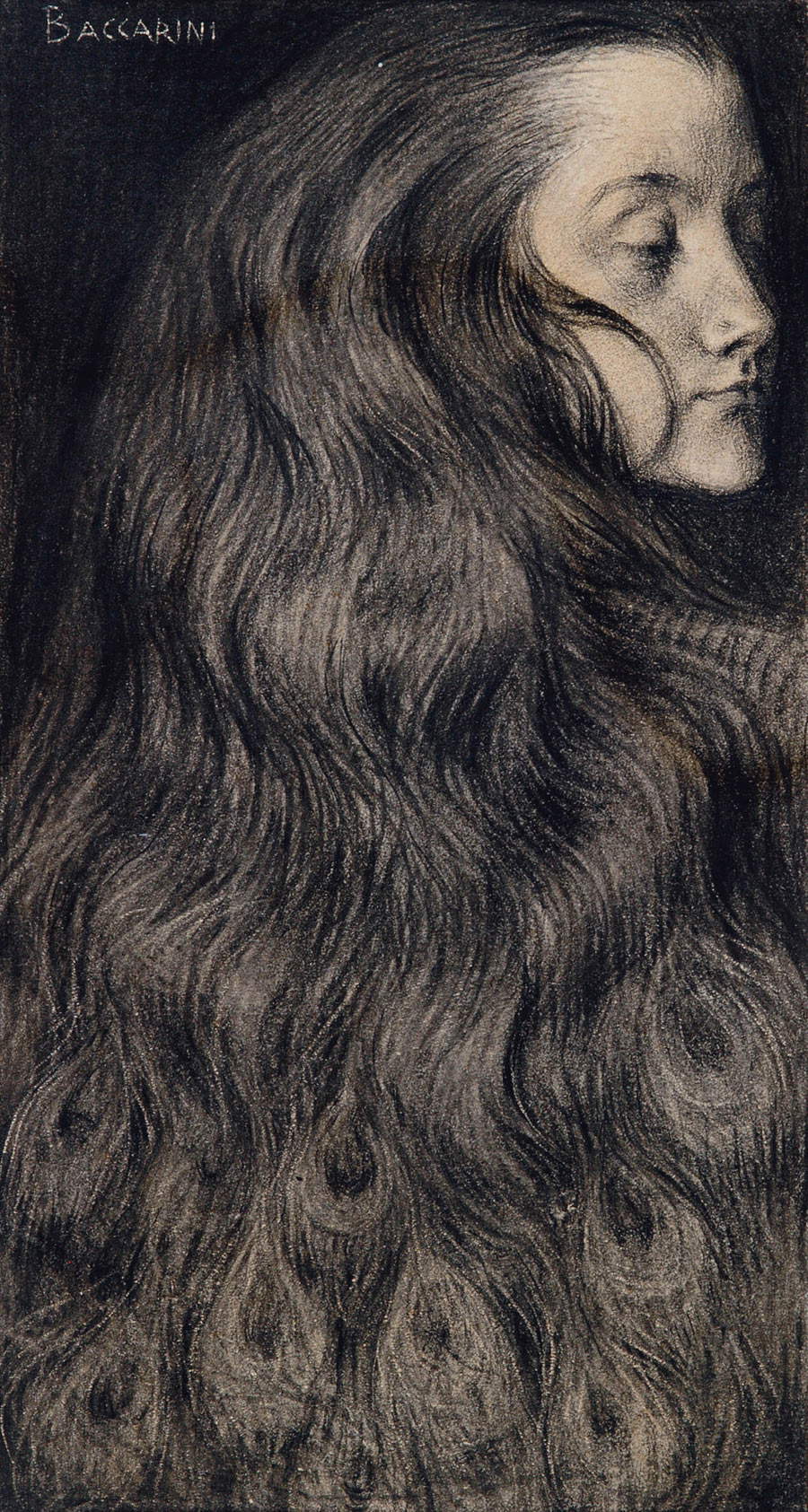
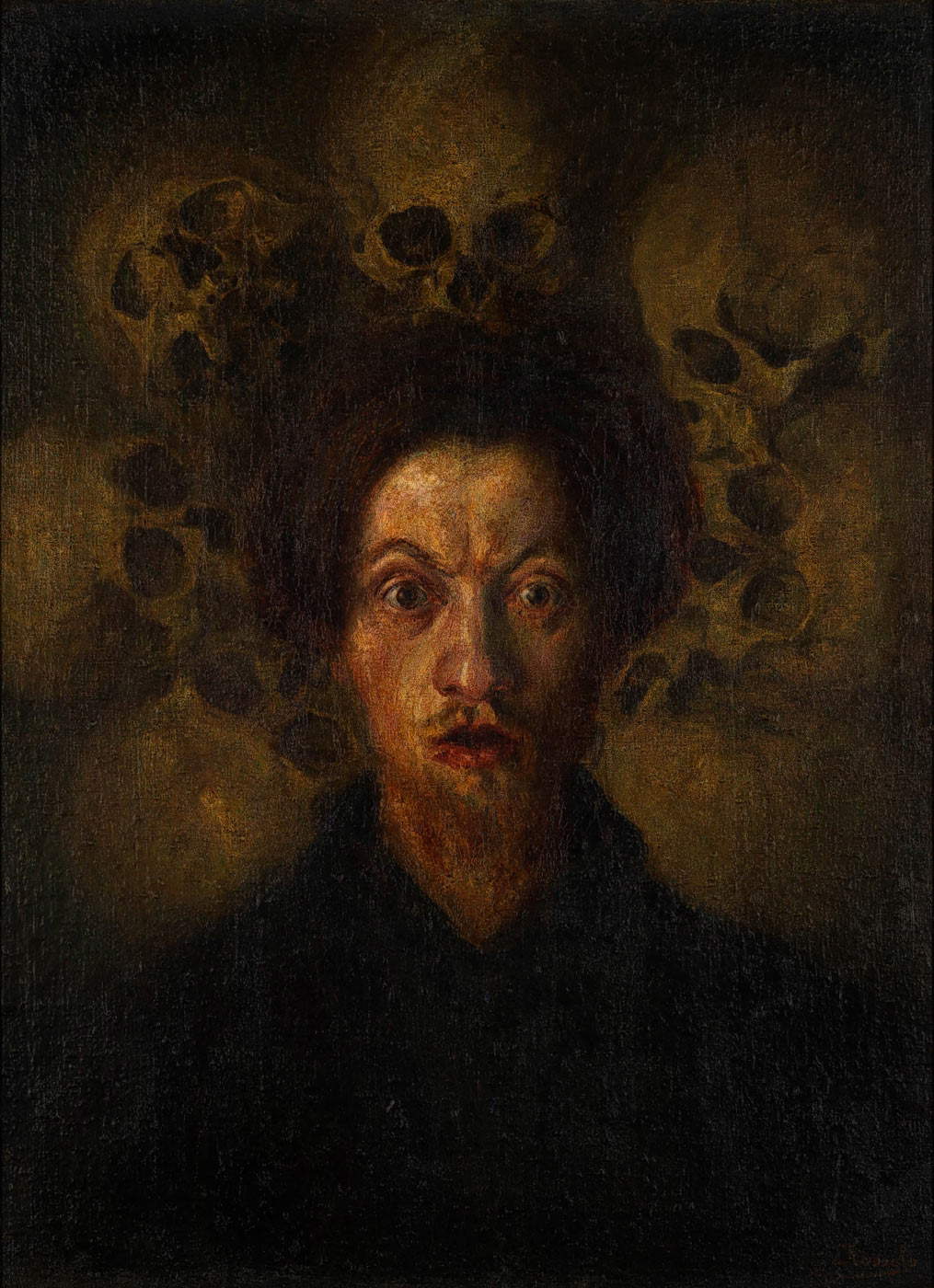

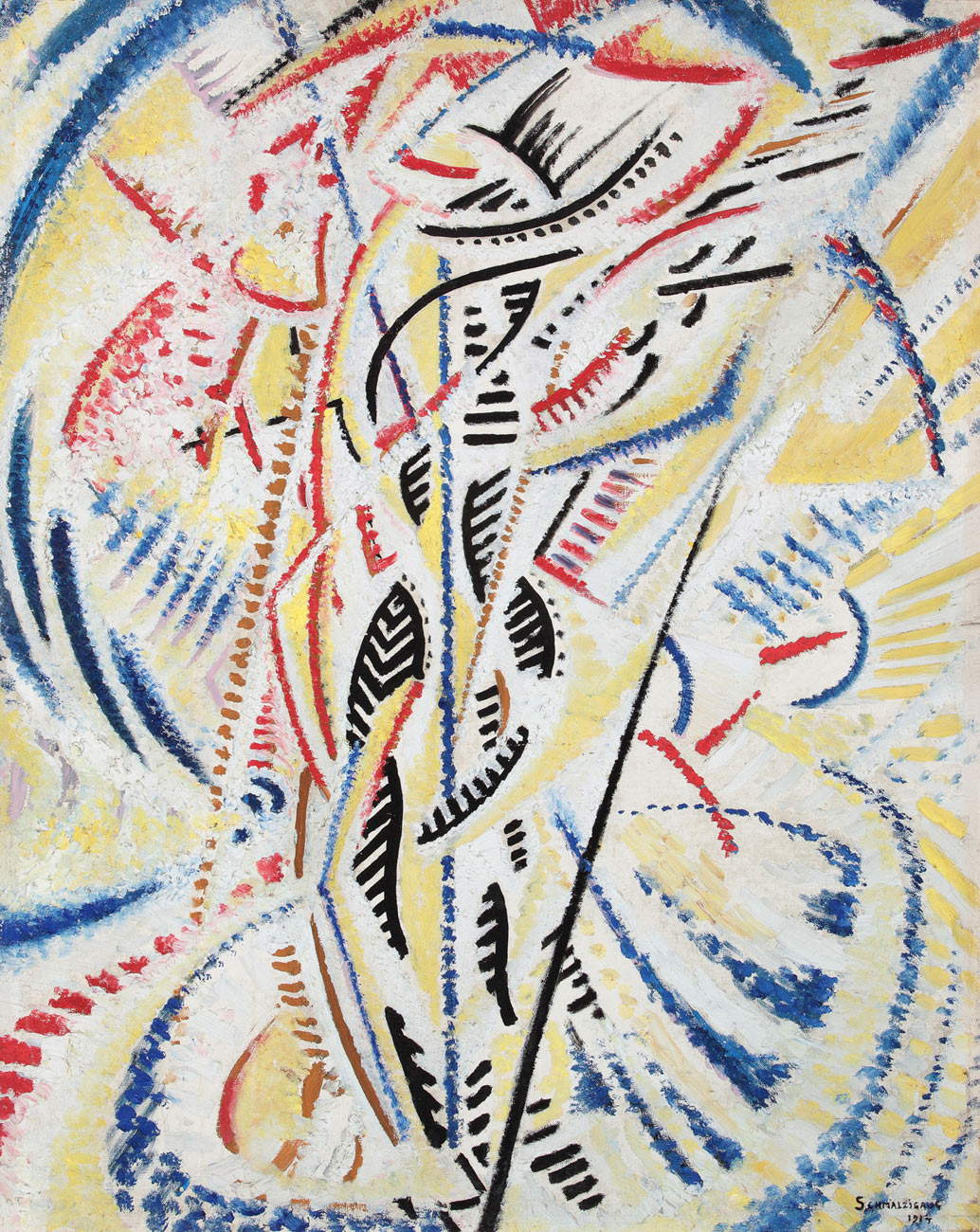

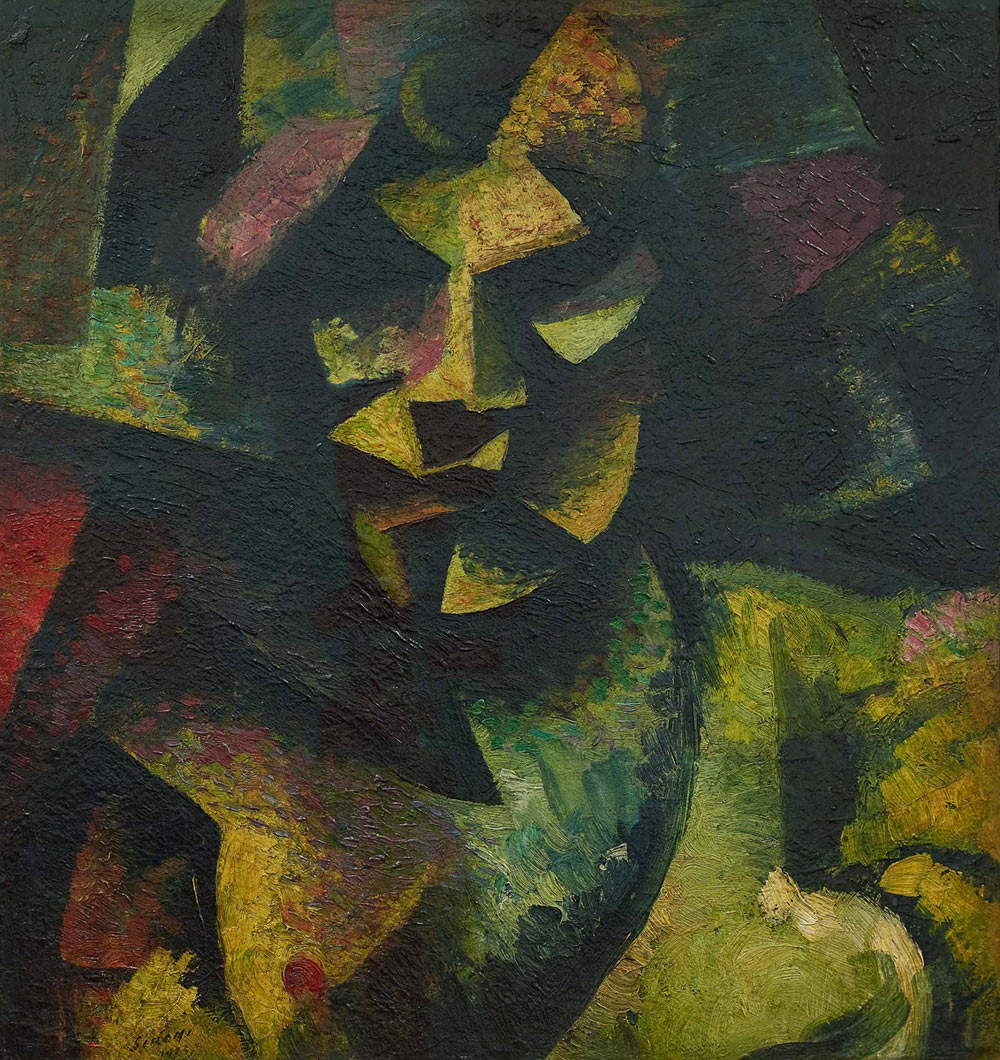

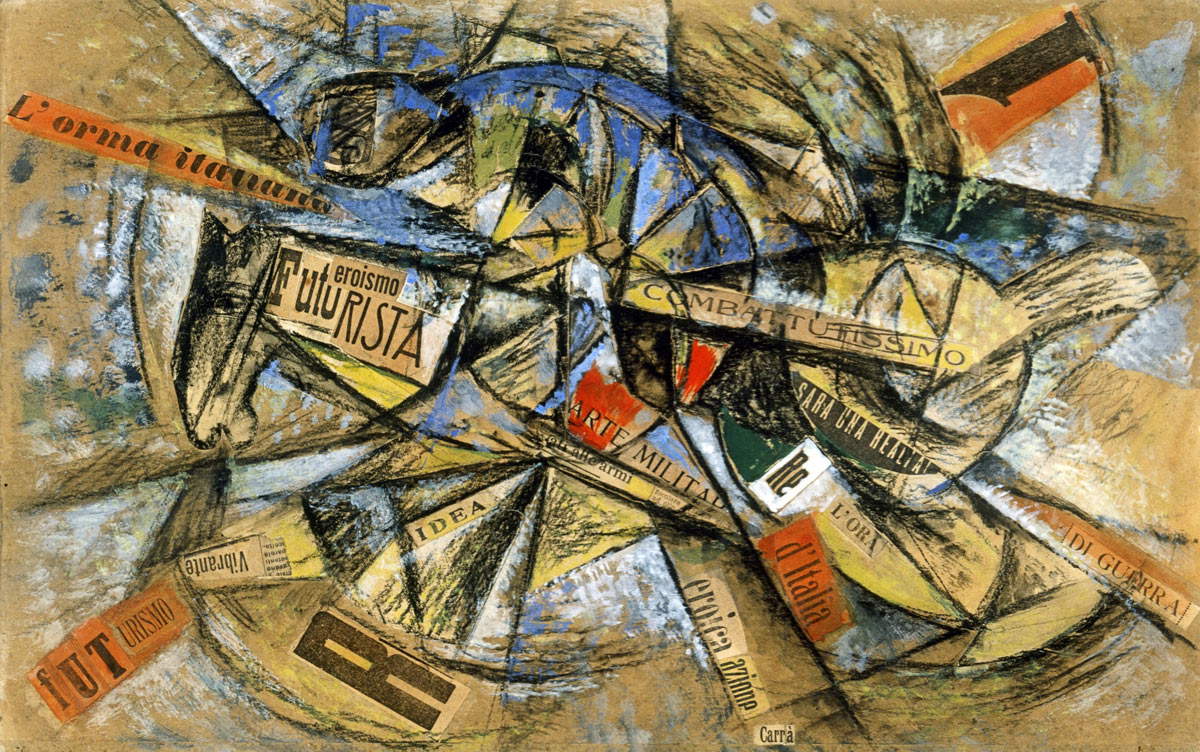
![Umberto Boccioni, Unique Forms of Continuity in Space (1913 [1972]; bronze, 117 x 30.5 x 87.5 cm; Otterlo, Kröller-Müller Museum) Umberto Boccioni, Unique Forms of Continuity in Space (1913 [1972]; bronze, 117 x 30.5 x 87.5 cm; Otterlo, Kröller-Müller Museum)](https://cdn.finestresullarte.info/rivista/immagini/2022/fn/umberto-boccioni-forme-uniche-continuita-spazio.jpg)
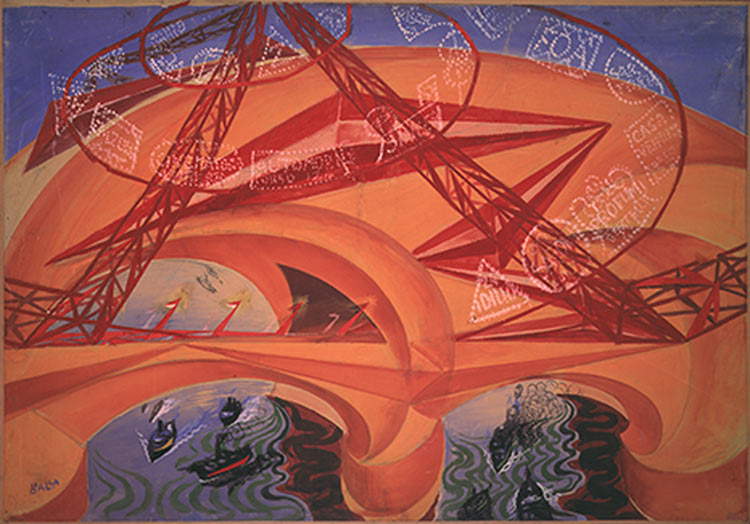

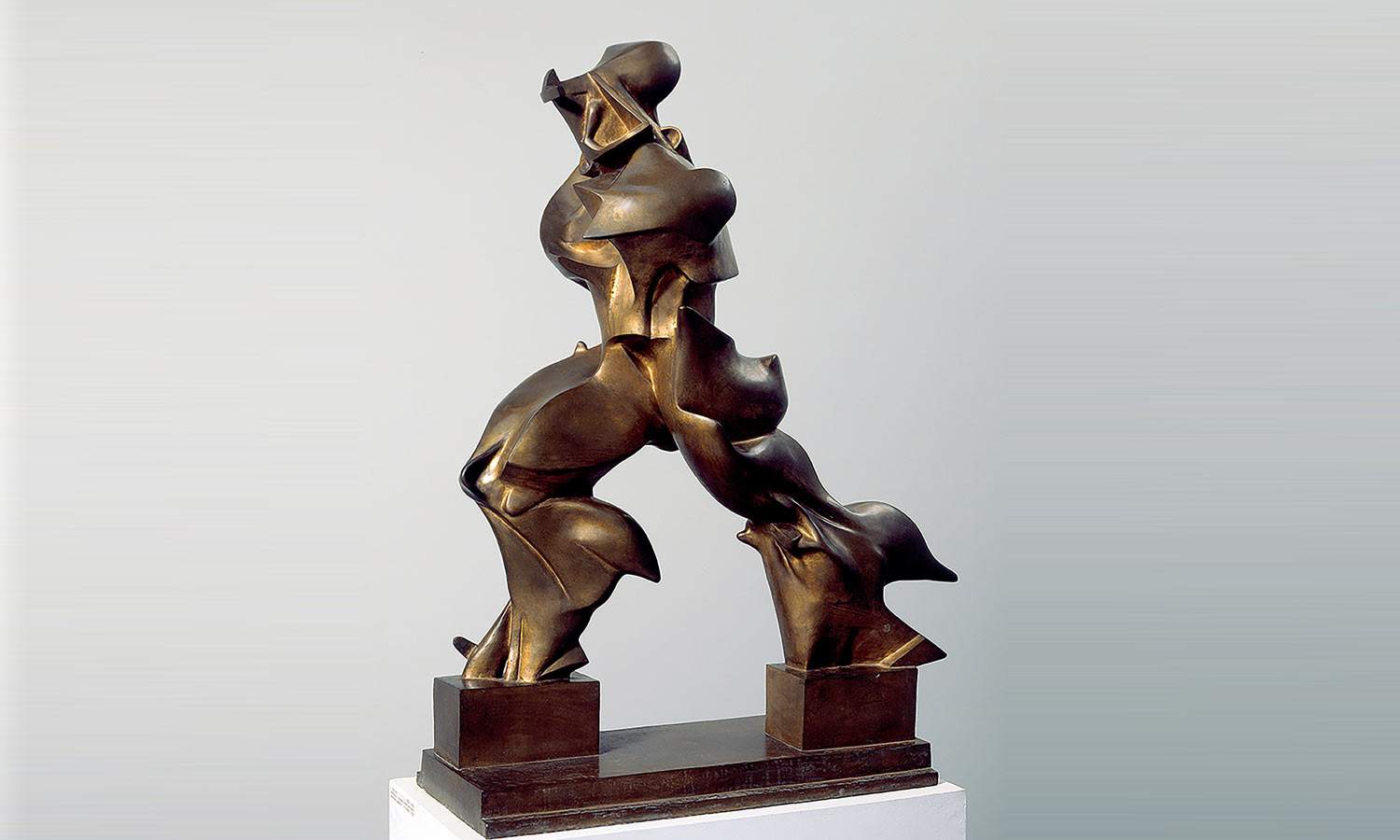 |
| An exhibition on Futurism from 1910 to 1915 in Padua, with more than 100 works |
Warning: the translation into English of the original Italian article was created using automatic tools. We undertake to review all articles, but we do not guarantee the total absence of inaccuracies in the translation due to the program. You can find the original by clicking on the ITA button. If you find any mistake,please contact us.